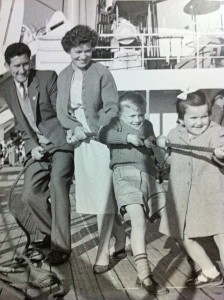Guest Speaker: Professor Paul Gough
Professor Paul Gough talked to us about space, place and history. The discussion about memorials and cultural significance were thought provoking, particularly as the Anzac Day Centenary approaches. The following are my notes from the talk:
- When is the point that a space becomes a place. Connections to human memory.
- Layers of absences in spaces. They used to be many places throughout history.
- Many memorials are in in the place of loss, but must signify the loss.
- During ww1, the bodies could not be returned to Australia, which led to an uproar.
- Supposed to be a focal point for grief
- Becomes an index of memory; eg. The names of those lost are listed on the memorial
- Its an icon in the city. A part of the city.
- It’s a ritual, memorial ceremonies etc.
- Stages in the life cycle of a memorial:
- The creation of public memory
- Becomes institutionalised as part of the ritual calendar
- Successive generations of inhabitants accept and pick up on it.
- There’s the notion among young people that it will never happen again, they also pay their own respects for these events. Eg; young people going to Gallipoli.
- Tension between building memorials and icons, and building practical things after tragedies. Practical buildings.
- Memorialising peace rather than war?? People tend to think of peace as the absence of war. Peace is often represented through gardens and plants, its something you have to tend to, nurture and pay attention to. Celebration of peace is more about interaction.
- Dark tourism, people who seek out these places
- Maybe we should examine our own motives. Why do we go to these places? To vicariously experience it? What about the fixation on time? Why is a 100 year anniversary so important. Why do we keep remembering these things, picking at the wound? Maybe it is best to forget.
- Anxiety of erasure. Nobody wants to be forgotten.
- Politically charged memorials. Eg the police at the 911 memorial
- ‘the poetics of space’ book
- ‘texture of memory’ book
- Australia uses ANZAC as a form of national identity, mateship. New Zealand is part of Anzac too, but is more reflective and doesn’t promote it in the same way.

